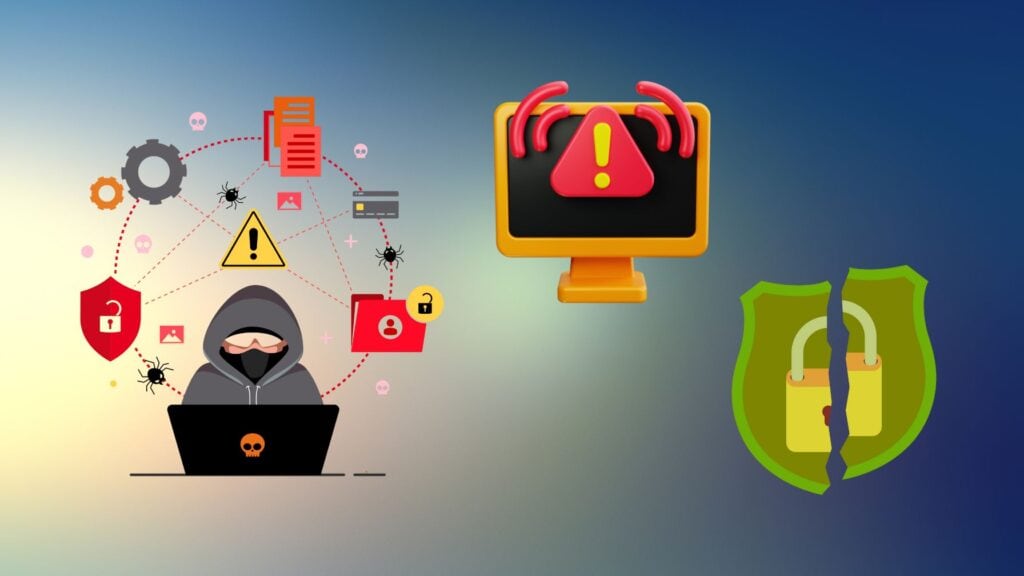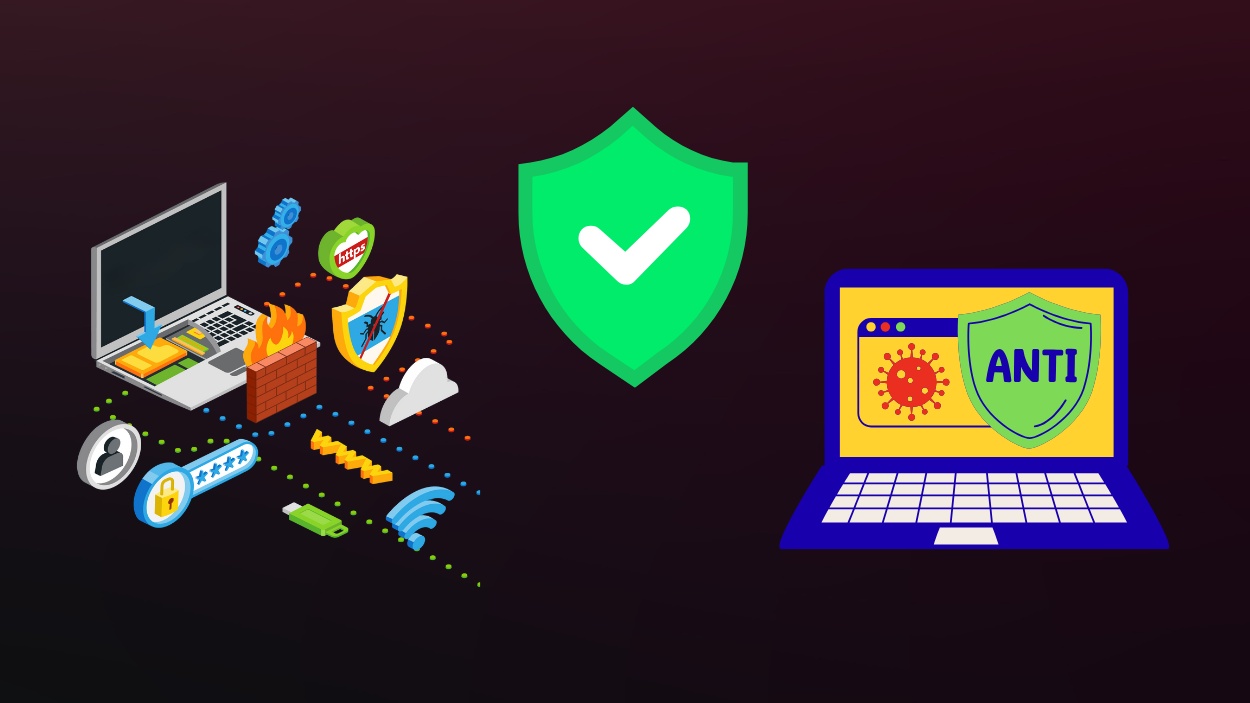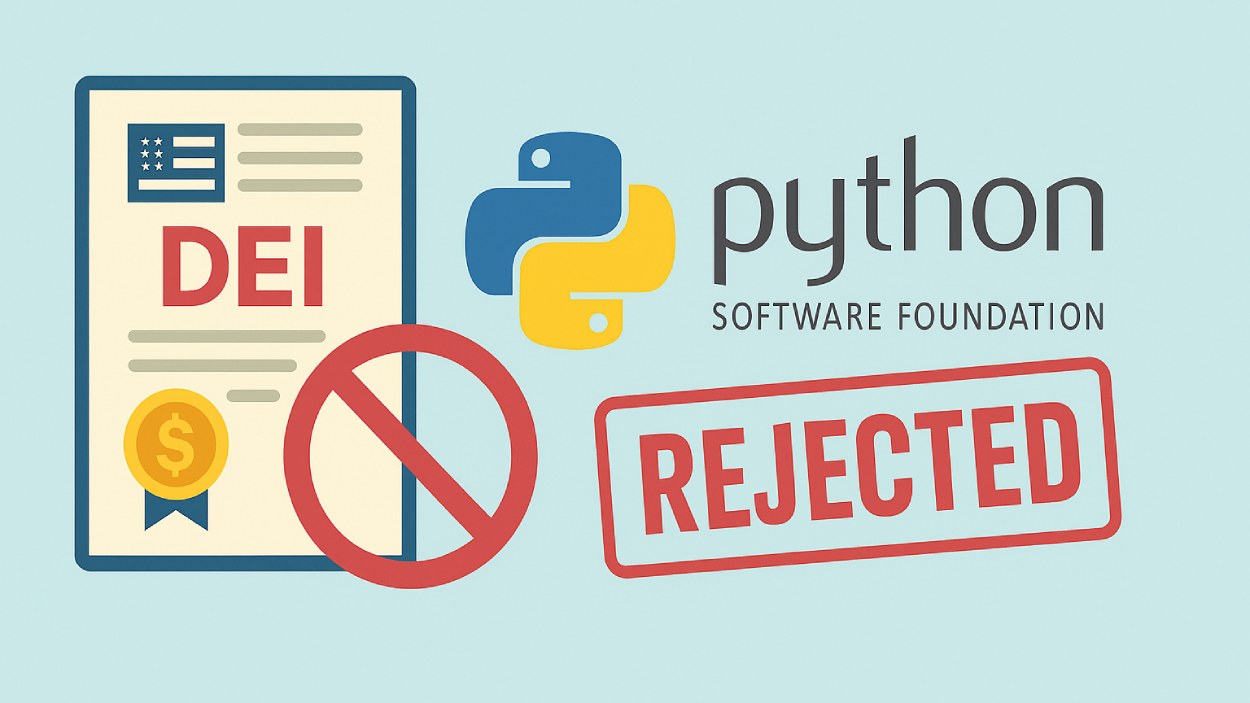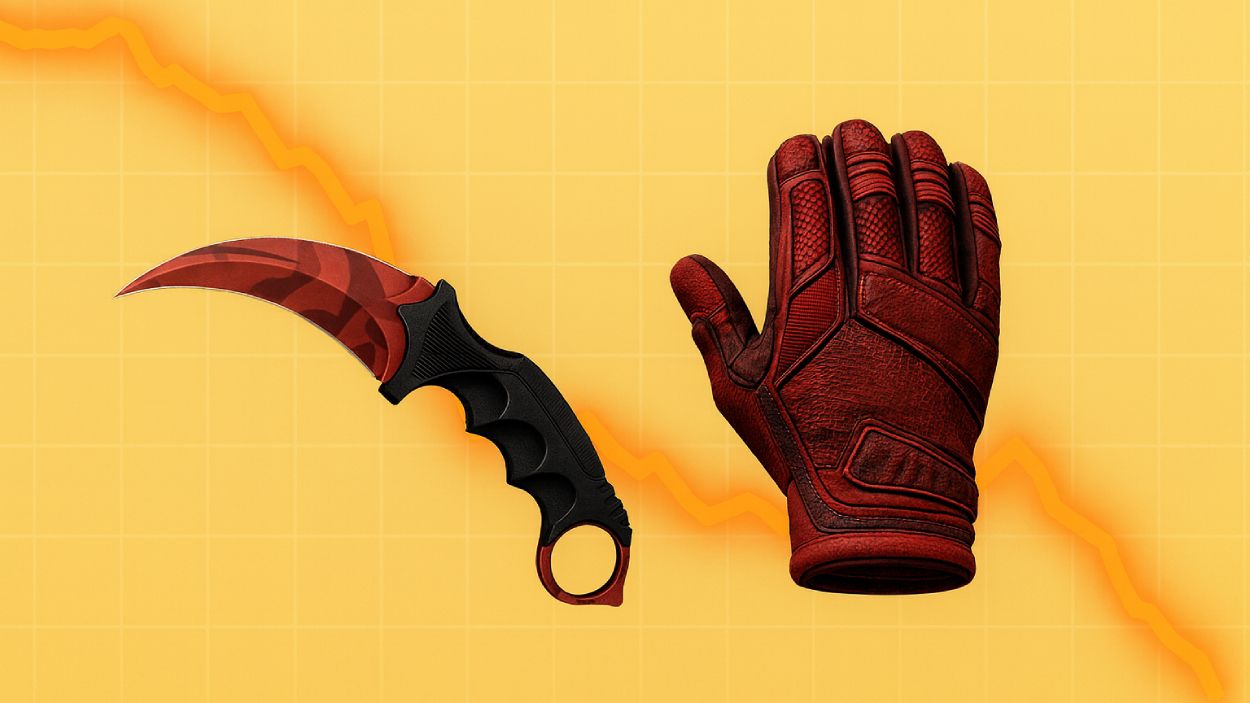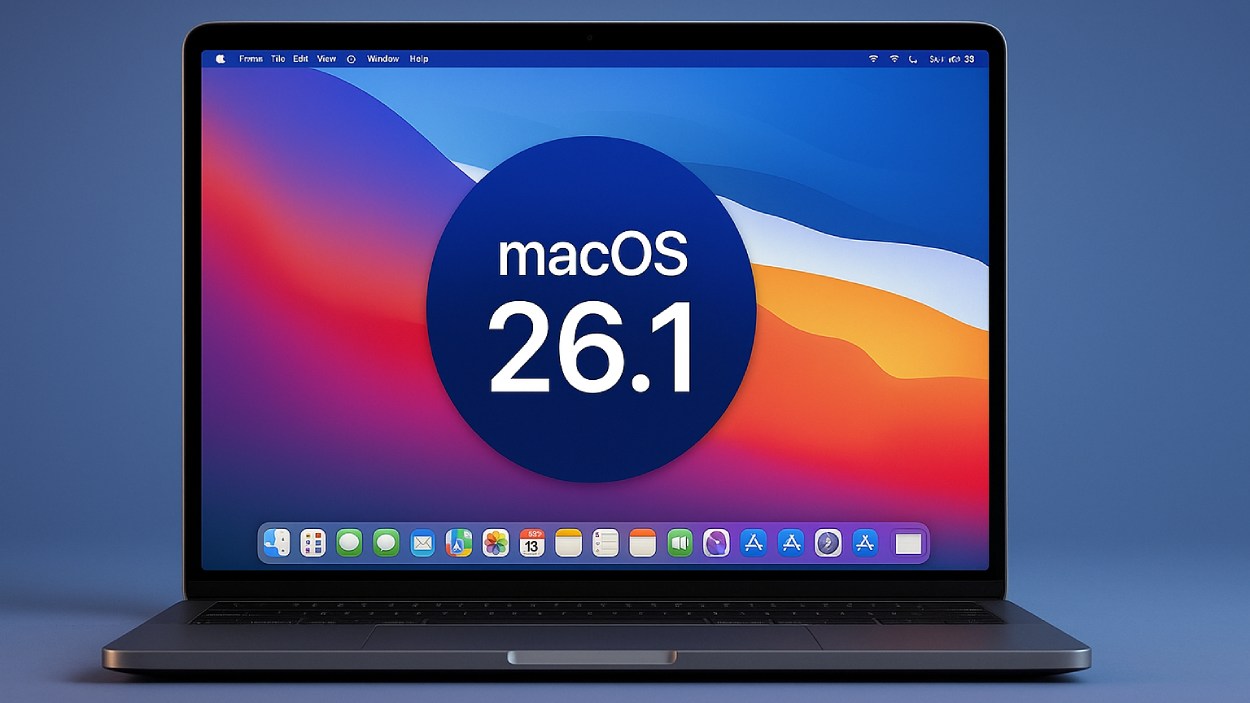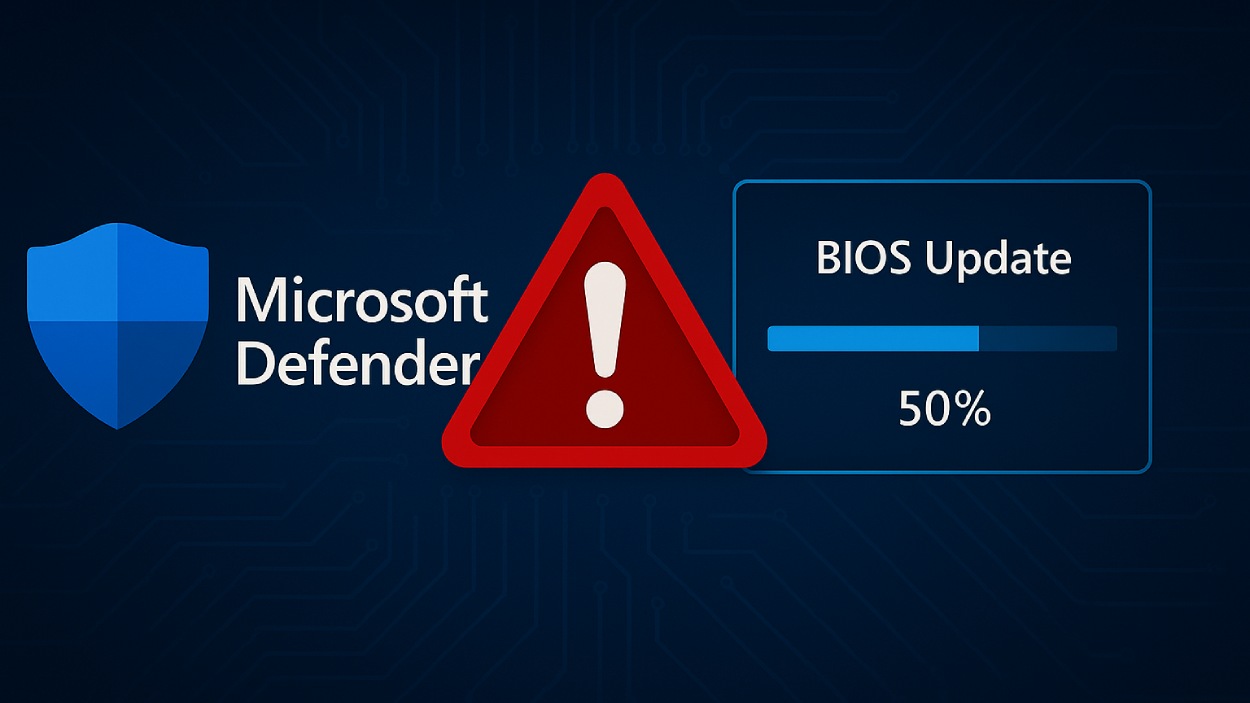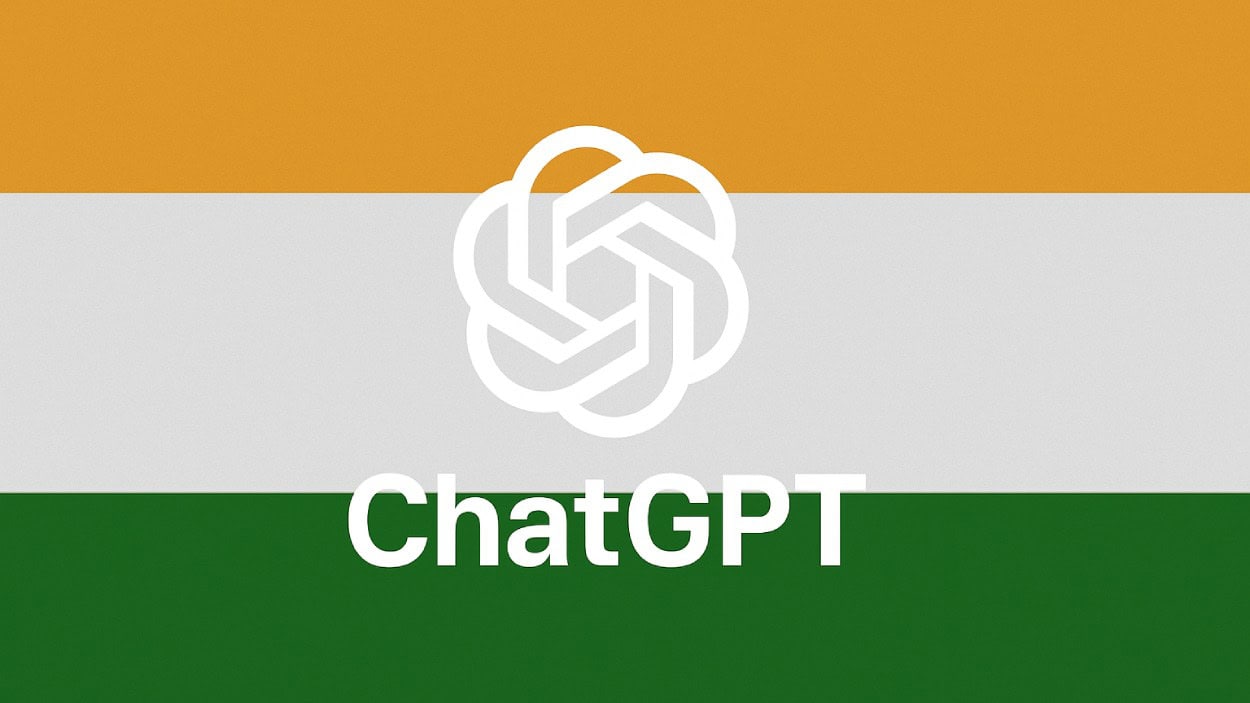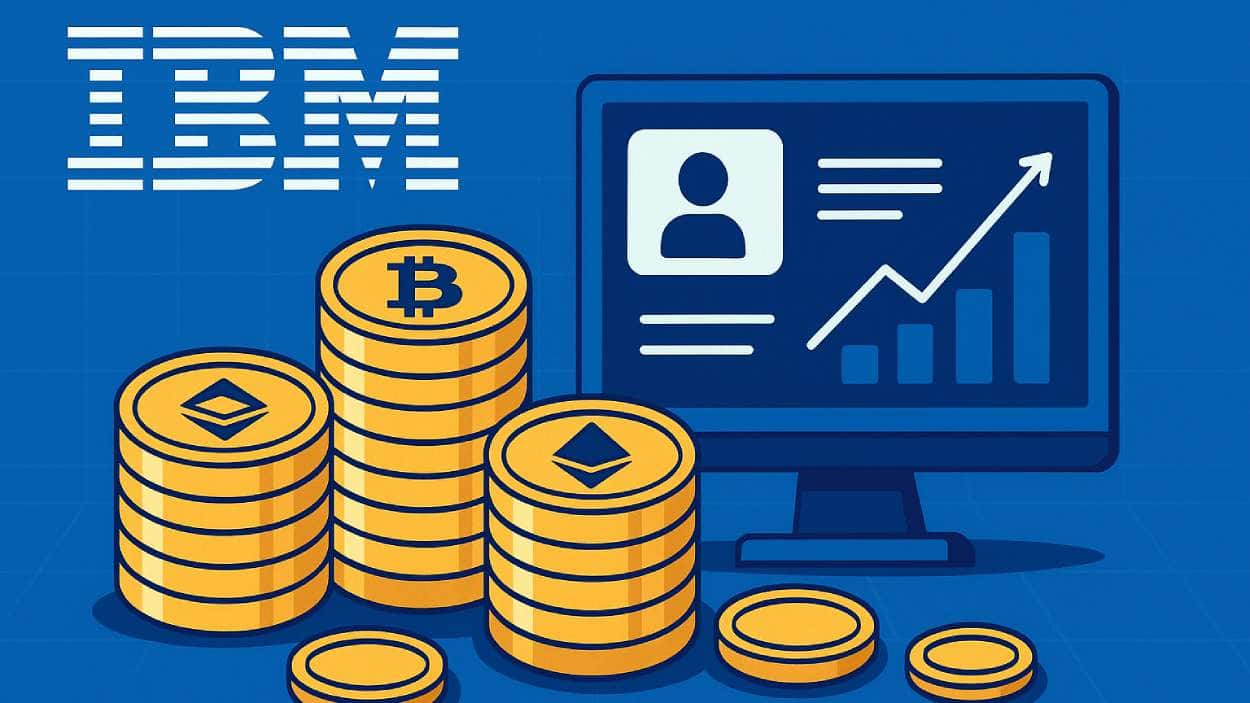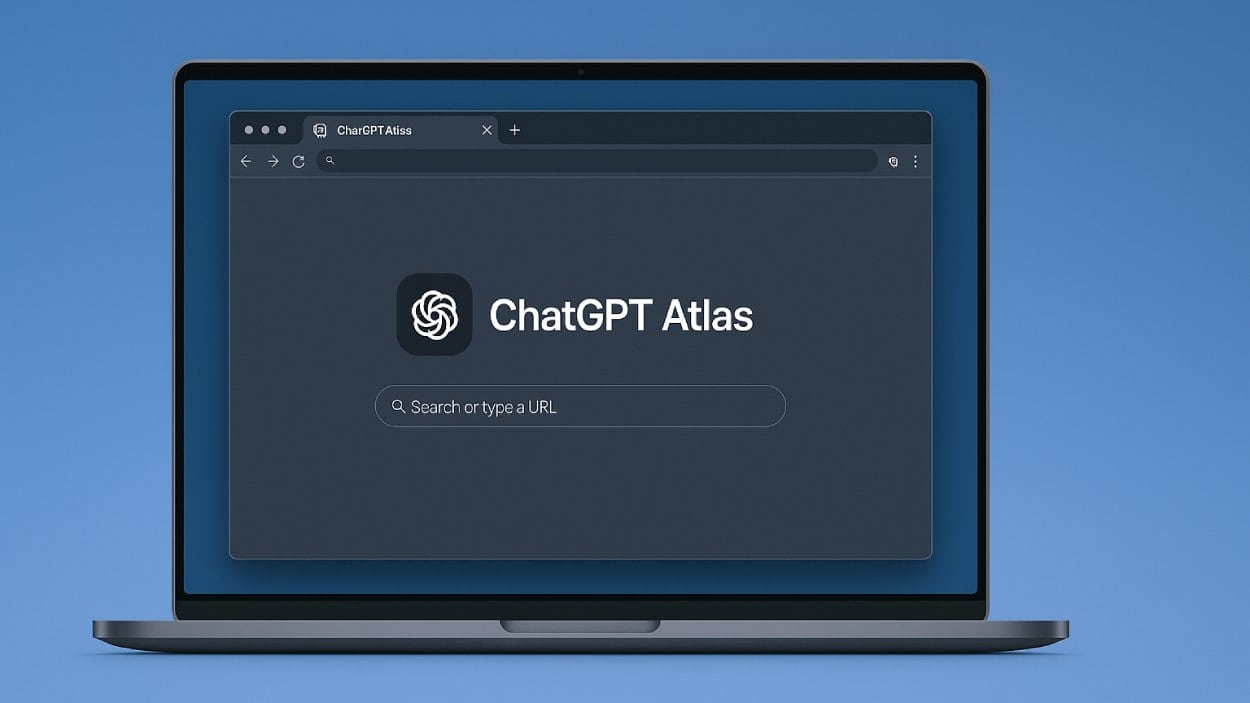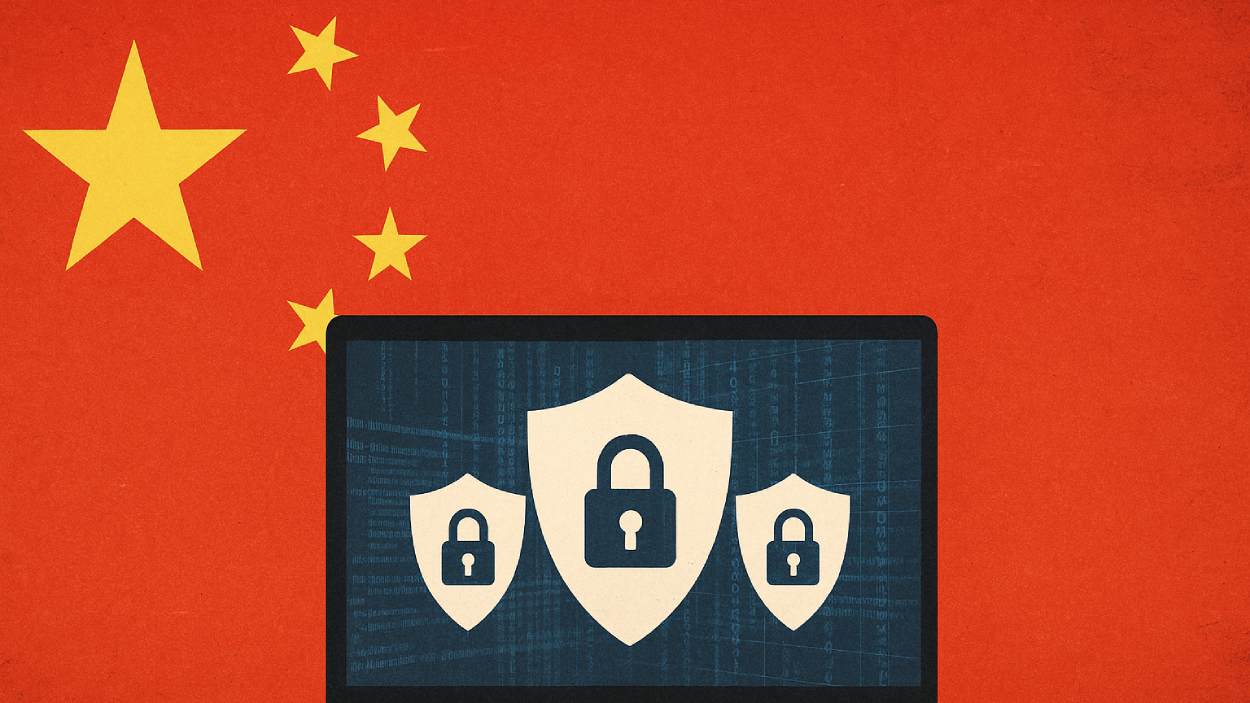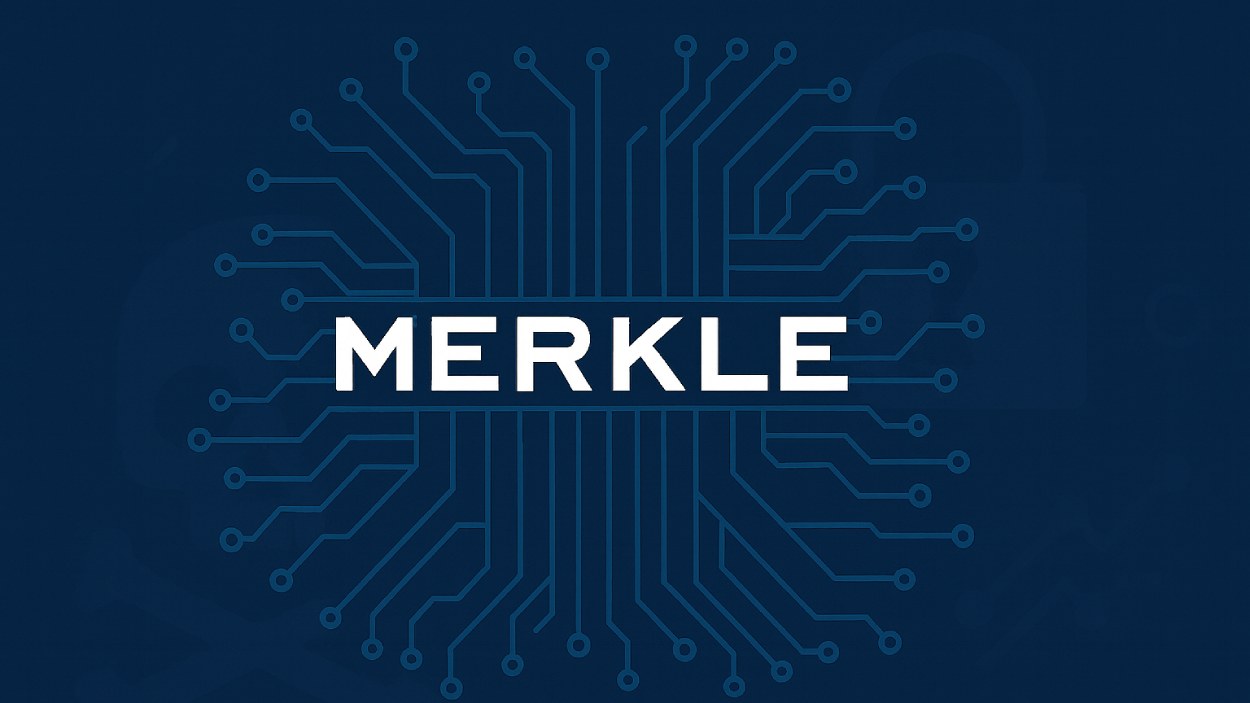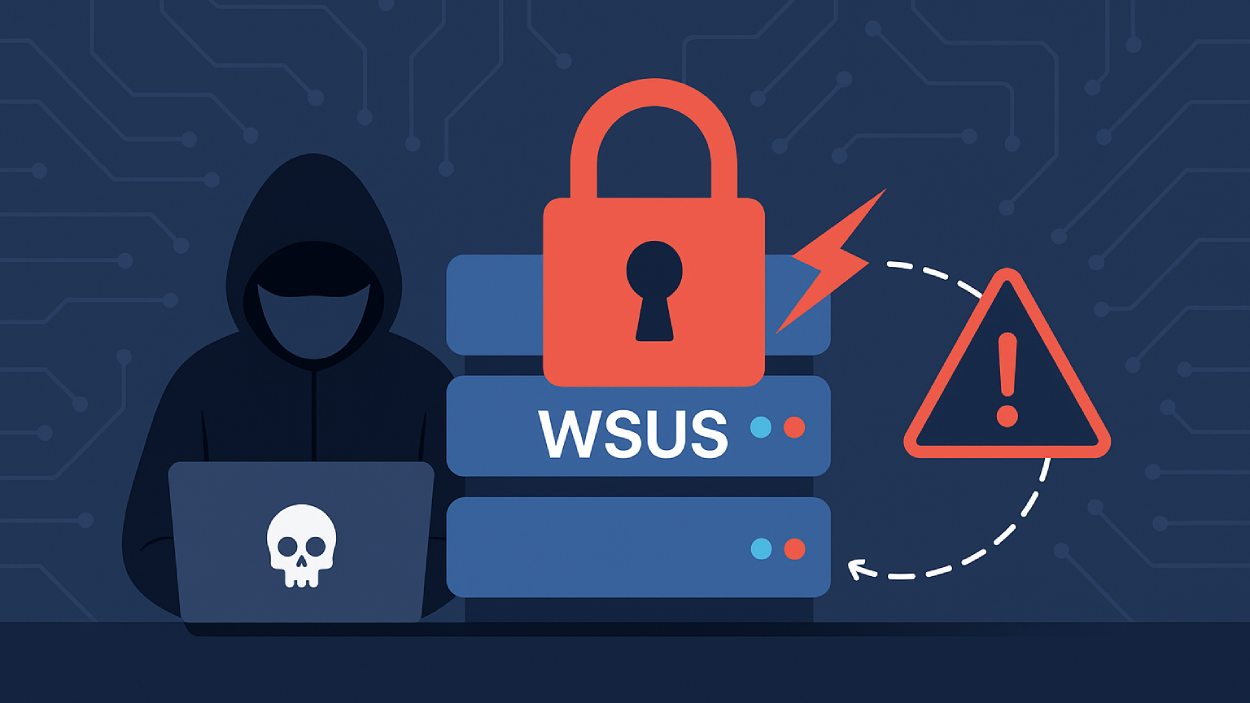It started with a strange email. The kind you usually ignore. But for one midsize healthcare firm in Ohio, clicking that link changed everything. Within hours, sensitive patient records were encrypted, and hackers demanded payment in cryptocurrency. By the time IT figured out the breach, over 1.4 million records were compromised.
In 2025, this story is no longer exceptional; it’s disturbingly common. As cybercriminals grow bolder and breach methods become more advanced, data breaches have become not just a tech issue, but a business, legal, and public trust crisis. Whether you’re a small business owner, enterprise leader, or a concerned individual, understanding data breach trends is no longer optional; it’s essential.
Editor’s Choice
- Global data breach incidents have surpassed 8,230 cases in the first half of 2025.
- In 2025, the average cost of a data breach reached $4.96 million, a new all-time high.
- The healthcare sector remains the most targeted, with 22.5% of all breaches occurring in healthcare organizations.
- Ransomware-related breaches account for 34% of incidents so far in 2025.
- The United States continues to be the most affected country, with over 3,200 reported breaches in Q1 and Q2 2025 alone.
- Over 88 million records have been exposed through public cloud misconfigurations in the first quarter of 2025.
- Small and midsize businesses (SMBs) now represent 41% of breach victims, highlighting how attackers are shifting from big targets to broader opportunities.
Average Cost of a Data Breach by Industry
- The Healthcare industry faced the highest average data breach cost at $10.93 million, nearly double that of any other sector.
- Financial services ranked second, with an average breach cost of $5.9 million.
- Pharmaceutical companies reported breaches costing around $4.82 million on average.
- The Energy sector followed closely at $4.78 million, indicating high sensitivity to cyber incidents.
- Industrial and Technology sectors experienced similar breach costs, at $4.73 million and $4.66 million, respectively.
- Professional Services breaches averaged $4.47 million, slightly above the Transportation sector at $4.18 million.
- The Communications industry reported an average cost of $3.9 million, while Consumer-related businesses followed at $3.8 million.
- Education sector breaches cost $3.65 million on average, with Entertainment close behind at $3.62 million.
- Media companies suffered an average breach cost of $3.58 million, while the Hospitality industry saw costs of around $3.36 million.
- Retail had a relatively lower average of $2.96 million.
- The Public Sector recorded the lowest breach cost, averaging $2.6 million.
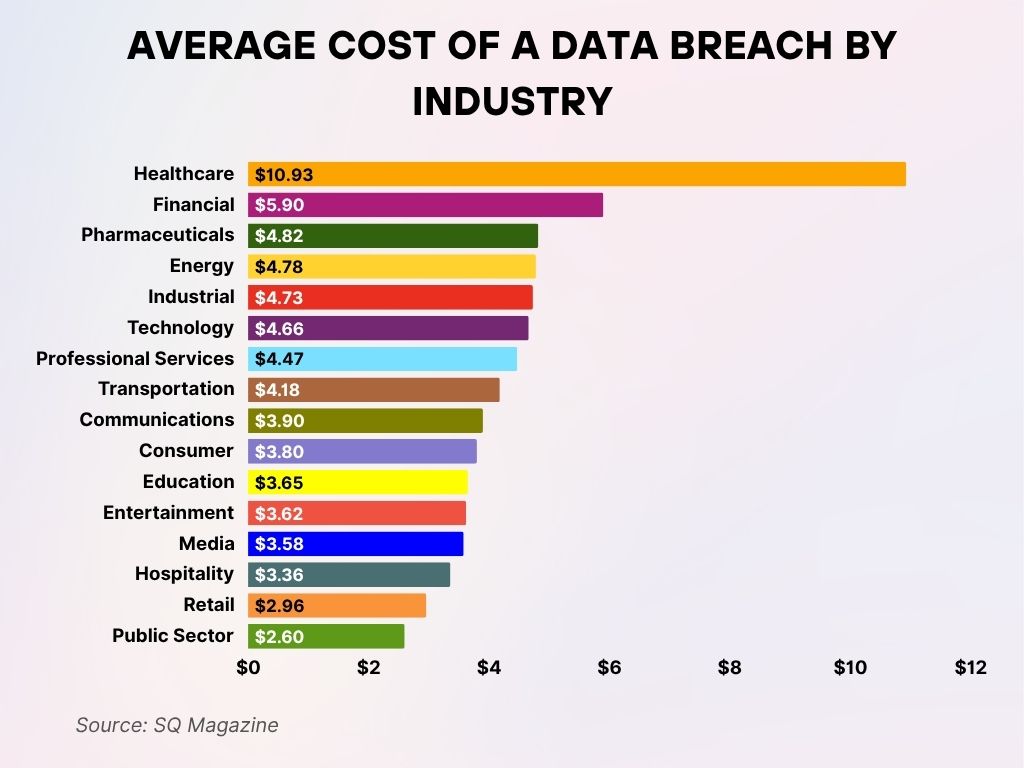
Global Data Breach Trends
- In the first five months of 2025, there have been 8,230 recorded data breaches worldwide.
- Asia-Pacific has seen the sharpest increase in breach volume this year, largely due to supply chain targeting.
- 83% of global breaches in 2025 involved data that was later found for sale on dark web forums.
- The average dwell time, the duration attackers go undetected, has reduced to 16 days globally.
- Data exfiltration tactics have become more sophisticated, with over 60% of threat actors now using multi-vector approaches.
- In 2025, AI-powered malware was identified in 18% of breach incidents.
- The financial services sector in Europe has experienced a 30% surge in breaches compared to the previous year.
- Government-related data breaches have increased by 15%, particularly among local municipalities and civic databases.
- The total estimated value of stolen personal data in the first quarter of 2025 exceeds $9.1 billion on underground markets.
- Credential stuffing attacks now contribute to 21% of global breaches, driven by the increased reuse of passwords across services.
Number of Records Exposed Annually
- As of May 2025, more than 345 million records have been exposed globally, on pace to exceed the 2024 total of 512 million by year’s end.
- Medical records make up 33% of exposed data this year, making them the most targeted record type.
- In the US alone, over 112 million individual records have been compromised between January and May 2025.
- Educational data breaches have affected approximately 8.9 million student and staff records so far this year.
- Cloud storage misconfigurations led to the exposure of over 88 million records in Q1 2025.
- Biometric data, fingerprints, and facial recognition templates were exposed in at least 17 known incidents in 2025.
- Publicly available records indexed by search engines unintentionally disclosed 21.5 million records.
- Third-party vendor breaches resulted in over 62 million record exposures, underlining ongoing supply chain risks.
- HR and payroll system breaches accounted for the leak of approximately. 12.6 million employee records globally.
- Government agency exposures have affected more than 40 million sensitive identity records in just the first two quarters.
Top Countries With the Highest Data Breach Costs
- The United States leads with the highest average cost of a data breach at $9.44 million.
- The Middle East ranks second, with an average breach cost of $7.46 million.
- Canada follows, with breaches costing an average of $5.64 million.
- The United Kingdom experiences an average breach cost of $5.05 million.
- Germany rounds out the top five with an average of $4.85 million per data breach.
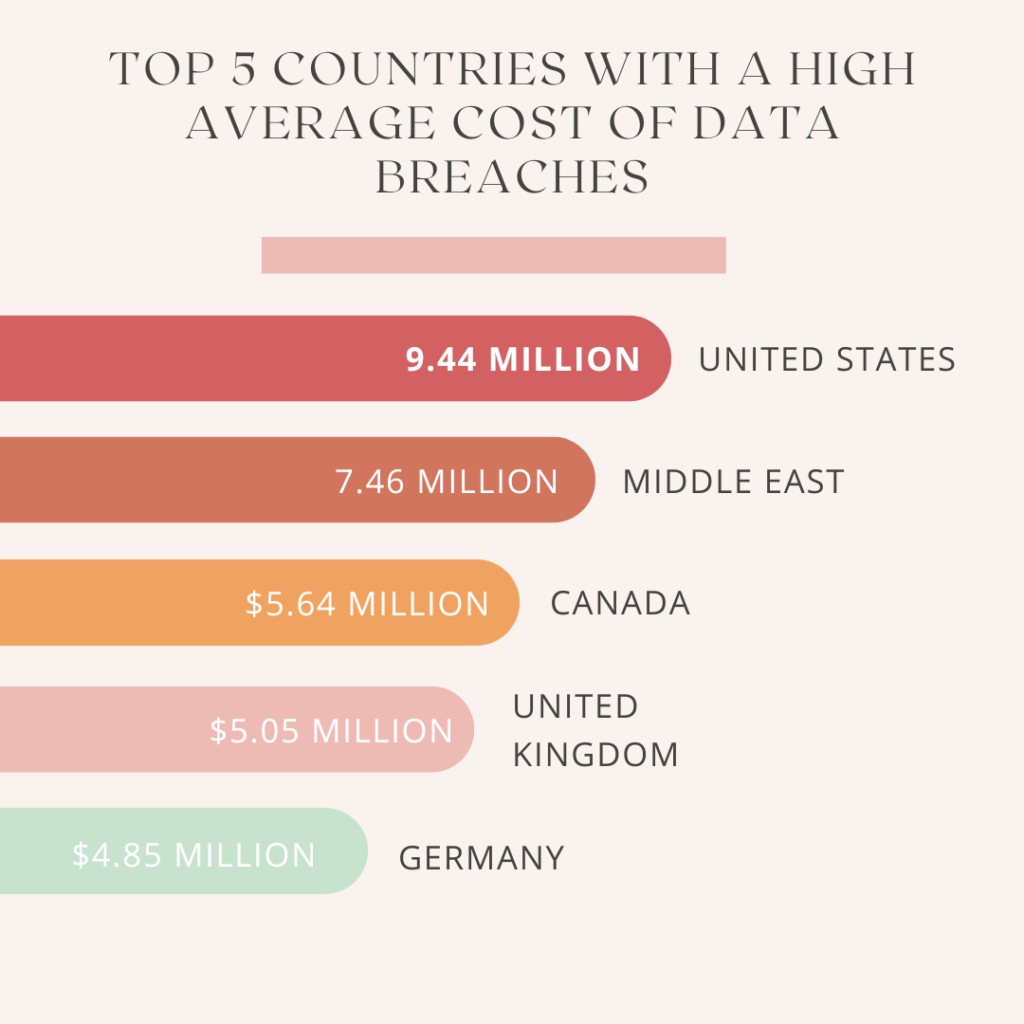
Financial Impact of Data Breaches
- The average global cost of a data breach in 2025 has surged to $4.96 million.
- For the healthcare industry, the average breach cost hit $11.1 million, the highest among all sectors.
- Small and midsize businesses (SMBs) now incur average breach losses of $2.58 million, which often exceeds their annual IT budget.
- Companies that failed to contain breaches within 30 days reported cost increases of 28%, compared to those that contained them earlier.
- Organizations that adopted zero trust architectures saved an average of $1.74 million per breach.
- Ransomware attacks alone cost businesses an estimated $16.5 billion globally in just the first five months of 2025.
- Firms with remote workforces experienced breach costs that were 22% higher, due to wider attack surfaces.
- Companies that conducted regular incident response testing saw breach costs reduced by 38% on average.
- The indirect cost of customer churn due to loss of trust adds an additional $1.2 million per breach on average.
- The total global financial impact of data breaches is expected to surpass $14.5 trillion by the end of 2025, factoring in lost business, legal fees, and recovery costs.
Notable Data Breaches
- A major U.S. healthcare provider suffered a breach affecting 8.3 million patients in March 2025 due to a ransomware attack.
- A global retail chain had 12 million customer records leaked, including credit card data, through a POS system breach.
- A popular cryptocurrency exchange lost $1.7 billion in digital assets to a breach involving private key theft in April 2025.
- In February, a university consortium in Canada had over 6 million student records exposed due to a misconfigured database.
- A European financial institution suffered a targeted phishing campaign that compromised 4.6 million user accounts.
- The Department of Transportation in a U.S. state reported a cyberattack impacting 3.1 million driver records.
- A telecom provider in South America experienced a major breach exposing 17 million customer SIM records.
- An international airline’s loyalty program was hacked, resulting in 9.5 million frequent flyer profiles being compromised.
- A top video streaming platform had 5.2 million user credentials leaked in a credential stuffing attack.
- In May 2025, a logistics company was breached via a third-party software vulnerability, compromising 2.4 million delivery records.
Top Cybersecurity Concerns for Business Owners
- GenAI model prompt hacking is the leading concern, cited by 46% of business owners.
- Large Language Model (LLM) data poisoning ranks second, with 38% highlighting it as a major risk.
- Ransomware as a service is a top issue for 37% of respondents, reflecting ongoing threats from cybercrime syndicates.
- GenAI processing chip attacks are a concern for 26%, indicating awareness of vulnerabilities at the hardware level.
- API breaches were mentioned by 24%, showing continued worry about interface security in interconnected systems.
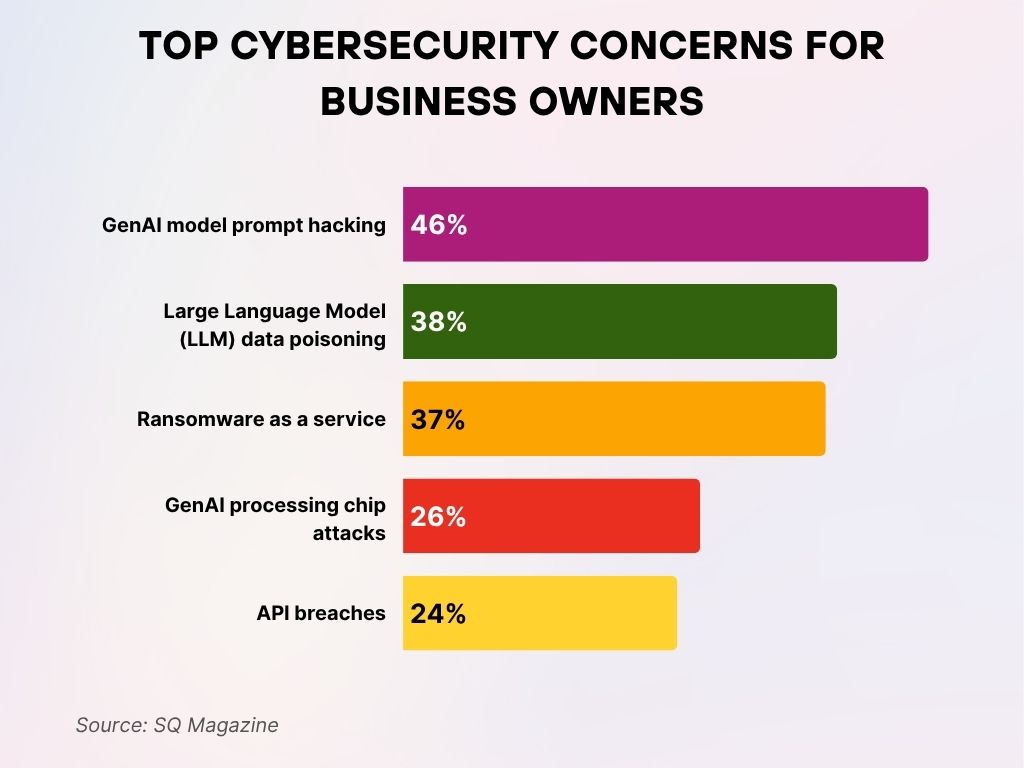
Ransomware and Its Role in Breach Incidents
- Ransomware-related breaches now account for 34% of all incidents.
- The average ransom demand in 2025 is approximately $5.2 million, with actual payouts averaging around $1.1 million.
- Double extortion tactics, encrypting and threatening to leak data, are used in 72% of ransomware incidents.
- LockBit, BlackCat, and Clop remain the most active ransomware gangs in 2025.
- Businesses that paid ransoms recovered their data only 62% of the time, often receiving corrupted or incomplete files.
- Public sector ransomware incidents have grown by 21%, especially targeting city governments and education departments.
- Ransomware-as-a-Service (RaaS) now powers 48% of ransomware attacks, democratizing cybercrime for low-skilled actors.
- The median downtime from ransomware attacks in 2025 is 18 days, significantly disrupting operations and revenue.
- The average recovery cost from a ransomware incident exceeds $2.3 million, including system rebuilds and forensic analysis.
- Endpoint detection and response (EDR) tools have helped prevent ransomware infection in 27% of attempted attacks.
Breach Detection and Response Times
- The average time to detect a breach in 2025 has improved slightly to 132 days.
- Containment time has also decreased to an average of 29 days, aided by automation and SOC improvements.
- Breaches discovered by external parties, like law enforcement or journalists, account for 41% of all discoveries.
- Organizations with security automation detected and contained breaches 77 days faster on average.
- SMBs without dedicated cybersecurity teams took 41% longer to detect breaches than larger firms.
- Incidents that were detected within the first 48 hours incurred 54% less financial damage on average.
- Human error was a detection delay factor in 33% of incidents, often from misinterpreting security alerts.
- The use of extended detection and response (XDR) platforms shortened detection times by 22%.
- Companies with cybersecurity awareness training programs identified threats 31% faster than those without.
- Industry-specific response benchmarks show healthcare has the slowest breach detection rate at 167 days on average.
Top Causes of Security and Data Breaches
- 85% of breaches involved a human element, making user behavior the biggest vulnerability.
- 61% of breaches were due to compromised credentials, highlighting weak or stolen passwords as a major risk.
- 13% of non-DoS incidents involved ransomware, showing its continued use as a key attack method.
- Only 3% of breaches were linked to vulnerability exploitation, indicating more attackers rely on human error or credentials.
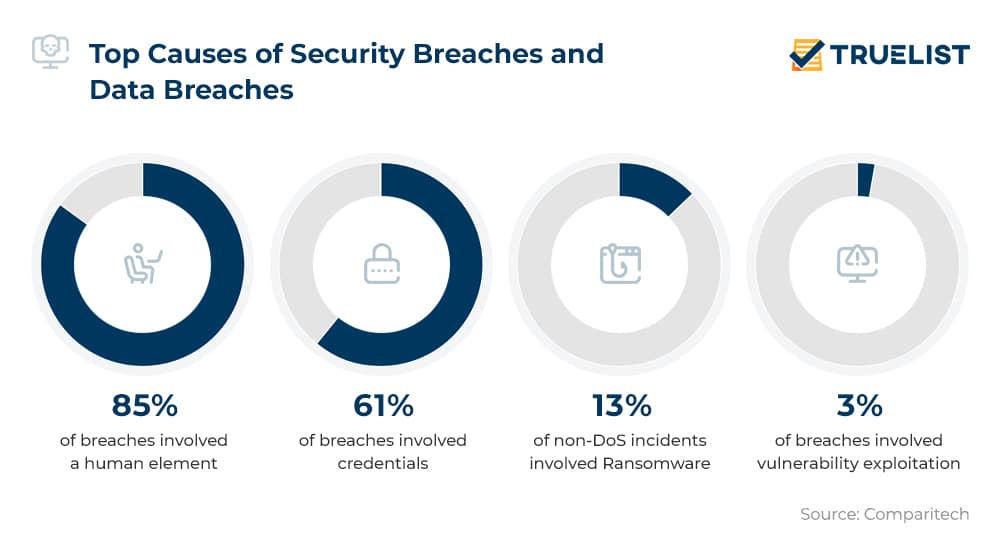
Geographic Distribution of Breach Incidents
- The United States led in breach incidents in 2025, with over 3,200 cases reported through May.
- Europe follows closely, with 1,900+ incidents, driven by attacks on finance and government sectors.
- Asia-Pacific saw the steepest rise in 2025 breaches, a 22% increase over 2024, largely due to attacks on tech supply chains.
- Africa and the Middle East reported 850 breach events, primarily targeting telecommunications and energy infrastructure.
- Latin America witnessed 1,020 incidents, a 16% YoY rise, with retail and education being the top targets.
- Canada experienced 410 breaches, most linked to third-party vendor compromises and ransomware.
- In Australia, 2025 breaches increased by 18%, especially in the public and healthcare sectors.
- India saw a notable jump in attacks against government and fintech platforms, with 700 incidents logged by May.
- Global breach density remains highest in urban centers, particularly in New York, London, Singapore, and São Paulo.
- Breaches attributed to nation-state actors have been traced to geopolitical hotspots, including Eastern Europe and East Asia.
Impact of Data Breaches on Consumer Trust
- 61% of consumers surveyed in 2025 said they would stop using a brand that experienced a major data breach.
- Trust in online platforms dropped by 23% in industries with repeated data breaches, particularly fintech and e-commerce.
- 35% of consumers reported taking action, such as deleting an account or switching providers, after a data breach notification.
- Data breach transparency plays a major role: companies that disclosed early saw 42% higher consumer retention.
- 60% of respondents now consider a company’s cybersecurity reputation before making a purchase or subscription.
- In the healthcare sector, 72% of patients said they would switch providers if personal health data were compromised.
- Social media platforms saw a 15% decrease in user trust year-over-year following multiple breach disclosures.
- Email and password reuse declined by 21%, showing rising consumer awareness and proactive data protection habits.
- Businesses that offered identity protection services post-breach retained 29% more customers than those who didn’t.
- Customer sentiment scores declined by 13–17 points on average after a widely publicized breach.
Top Security Investments After a Data Breach
- 55% of organizations invest in incident response (IR) planning and testing, making it the most common post-breach priority.
- 51% boost spending on threat detection and response technologies to catch breaches earlier.
- 46% focus on employee training, underscoring the importance of reducing human error.
- 42% invest in Identity and Access Management (IAM) to better control user permissions and access.
- 40% allocate funds to offensive security testing, such as ethical hacking, to identify vulnerabilities.
- 34% enhance their data security and protection tools after an incident.
- 28% turn to managed security services, outsourcing protection to experts.
- 26% purchase or increase cyber insurance protection as a financial safeguard.
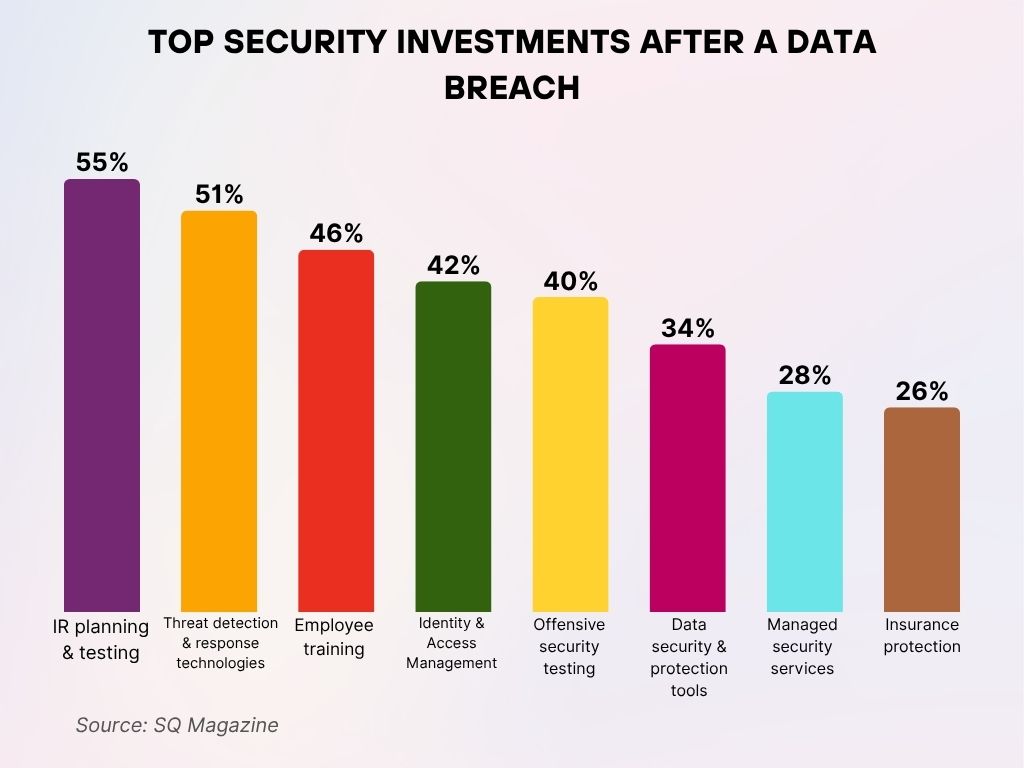
Regulatory Fines and Legal Consequences
- In 2025, GDPR enforcement across Europe resulted in €2.4 billion in fines.
- The largest single fine this year, €645 million, was issued to a global tech company for failure to report a breach within 72 hours.
- U.S. regulatory actions, including those from the FTC and SEC, totaled $1.1 billion in penalties so far this year.
- California’s CPRA led to 32 separate enforcement actions in Q1 and Q2 2025, focusing on retail and healthcare breaches.
- Companies that violated HIPAA in the U.S. paid an average of $3.6 million per breach in civil penalties.
- In Australia, three financial firms faced combined penalties exceeding AUD 150 million for breach-related noncompliance.
- A multinational corporation that breached in multiple jurisdictions is now facing joint litigation efforts, potentially setting new legal precedents.
- Corporate executives in two major U.S. breaches were held personally liable, leading to SEC enforcement action.
- Data breach class actions are on the rise, with 2025 expected to surpass 300 active suits in North America alone.
- Breach reporting timelines have tightened globally, with 15 new countries implementing stricter notification rules this year.
Prevention and Mitigation Strategies
- Organizations that deploy AI-based threat detection systems reported a 38% reduction in breach incidents.
- The use of multi-factor authentication (MFA) is now standard in 89% of mid-to-large enterprises in 2025.
- Companies with zero trust architecture implementation saw 50% fewer successful breaches.
- Cybersecurity training programs were found to reduce phishing success rates by 61%.
- Businesses using security information and event management (SIEM) tools experienced 34% faster breach detection.
- Adoption of data encryption at rest and in transit increased to 78% globally.
- Bug bounty programs helped discover and fix over 17,000 vulnerabilities across industries in Q1–Q2 2025.
- Cloud-native security tools were used by 82% of organizations, leading to better visibility and risk reduction.
- Companies with dedicated incident response teams contained threats 43% faster than those without.
- Board-level cyber risk oversight is now a legal requirement in 11 countries, driving stronger executive accountability.
Data Breach Forecast Highlights
- 70% of breaches are expected to be caused by AI-powered threats, automation gaps, and cloud misconfigurations.
- 65% of breaches will take over 195 days to detect and contain, signaling ongoing delays in breach response.
- 30% of all breaches are projected to target the healthcare sector, making it the most vulnerable industry.
- A 10% increase is forecasted in the global average cost of a data breach compared to 2024.
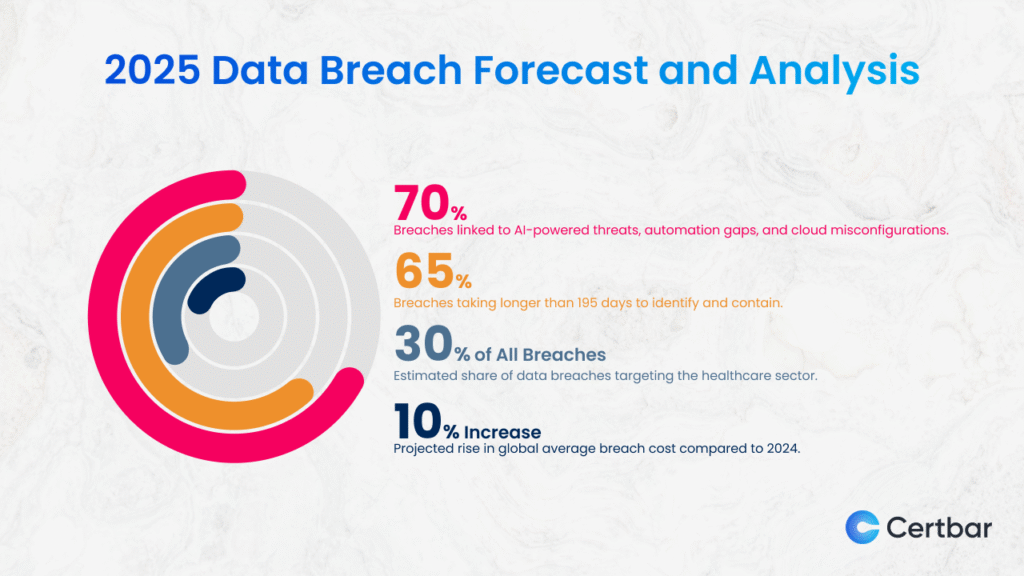
Recent Developments in Cybersecurity and Breach Prevention
- AI in cybersecurity is transforming defense, and 71% of firms will now use AI-driven threat intelligence in 2025.
- Post-quantum encryption pilot programs are being tested in the banking and defense sectors.
- The rise of autonomous security agents enables real-time anomaly detection and response in cloud environments.
- Cyber insurance offerings have shifted, now requiring verified security controls as prerequisites for coverage.
- Extended detection and response (XDR) solutions gained momentum, used by 63% of global enterprises.
- Decentralized identity systems are being adopted to combat credential theft and fraud.
- Supply chain security tools have matured, with 58% of enterprises deploying vendor risk monitoring platforms.
- Biometric access systems are now used by 46% of Fortune 500 companies, reducing reliance on passwords.
- Blockchain-based logging is emerging as a tamper-proof method for tracking access and breaches.
- Cybersecurity budgets grew by 22% globally in 2025, signaling a renewed commitment to breach prevention.
Conclusion
As we move through 2025, data breaches continue to challenge businesses, governments, and individuals on multiple fronts. They are no longer isolated tech mishaps; they are reputational, legal, and financial landmines. The statistics show clearly: the cost of inaction is growing, and so is the complexity of threats.
But there’s a silver lining. Organizations that invest in smart, proactive cybersecurity measures, ranging from AI-driven detection to zero trust strategies, are not only surviving, they’re building stronger trust with their customers. In an age where data equals currency, resilience is the new competitive edge.
Let these numbers serve not as a warning, but as a roadmap for building smarter, safer digital ecosystems.

